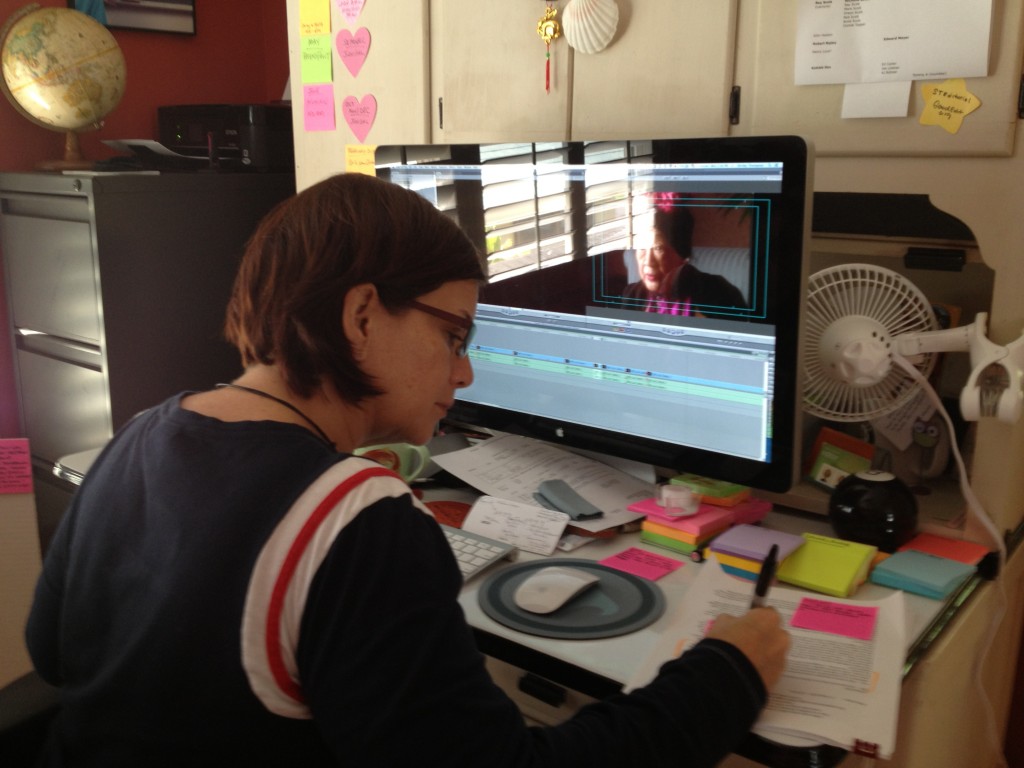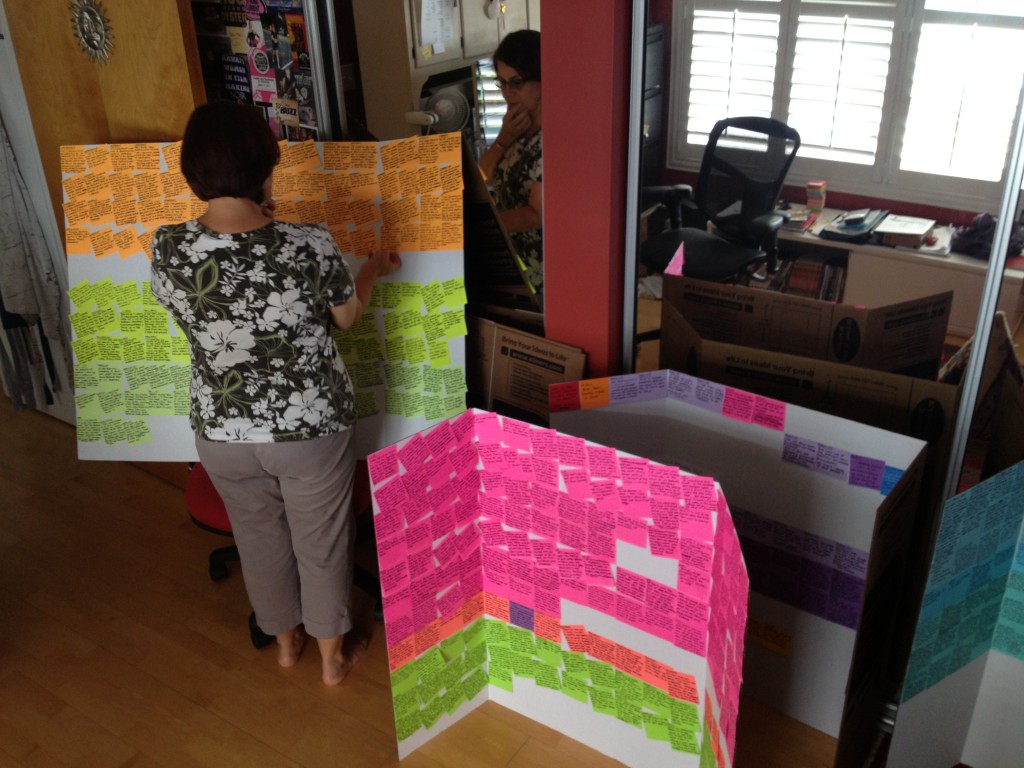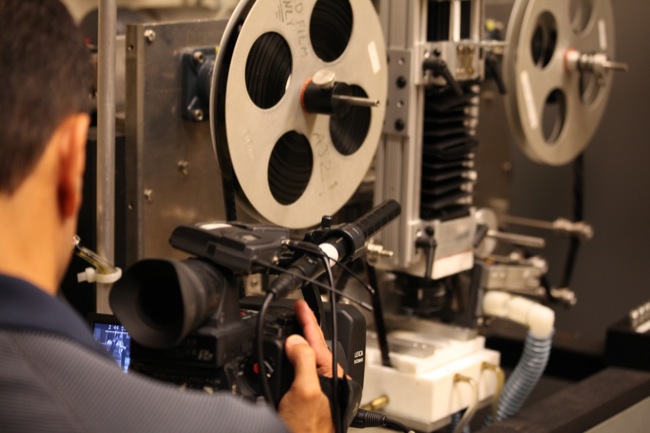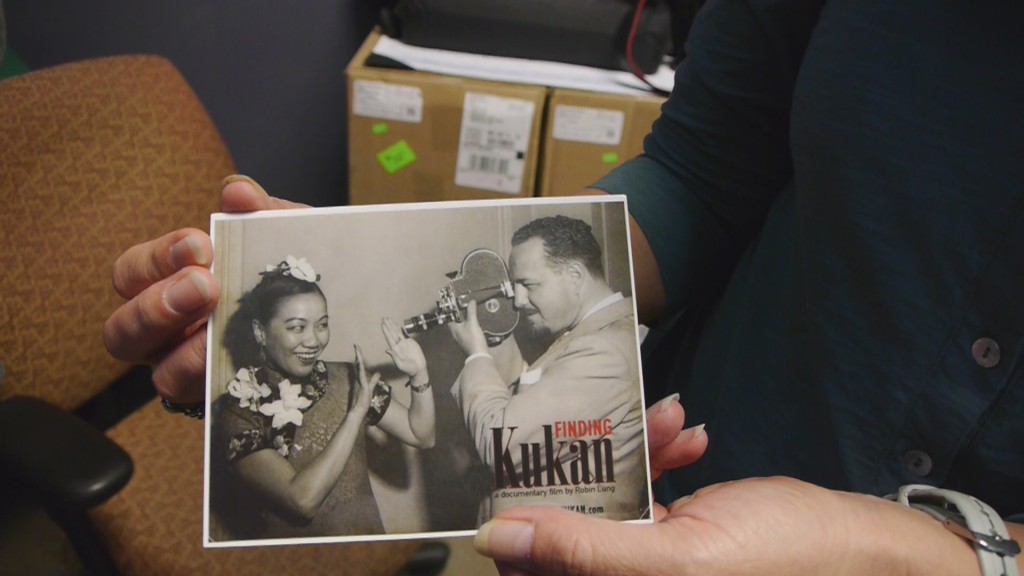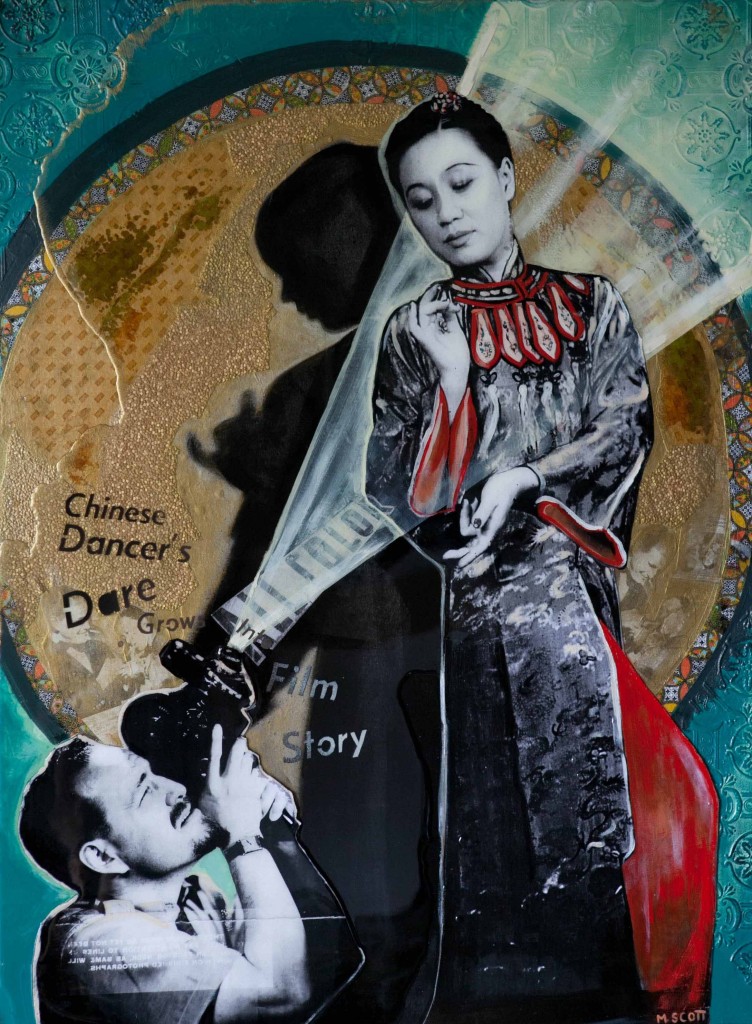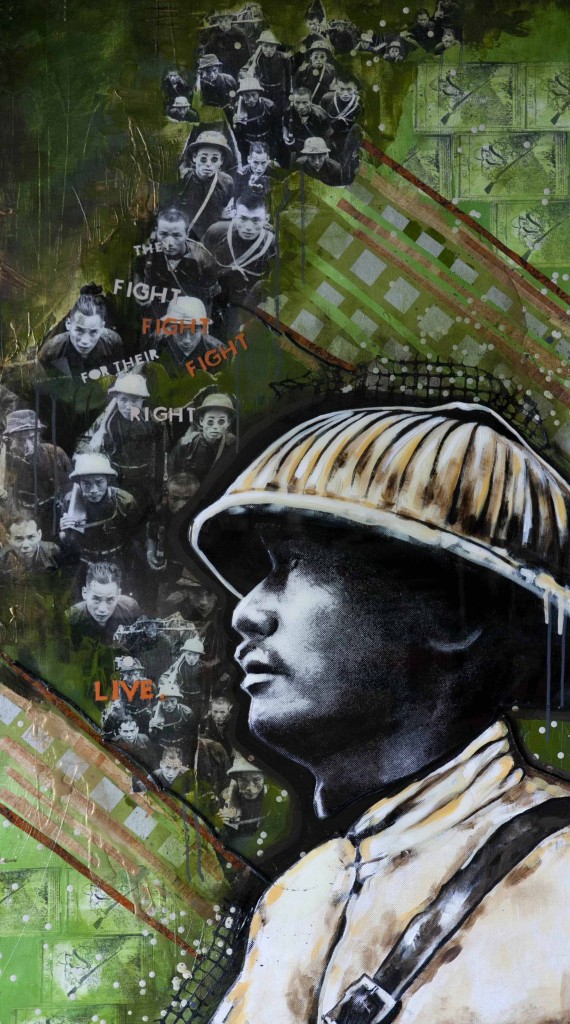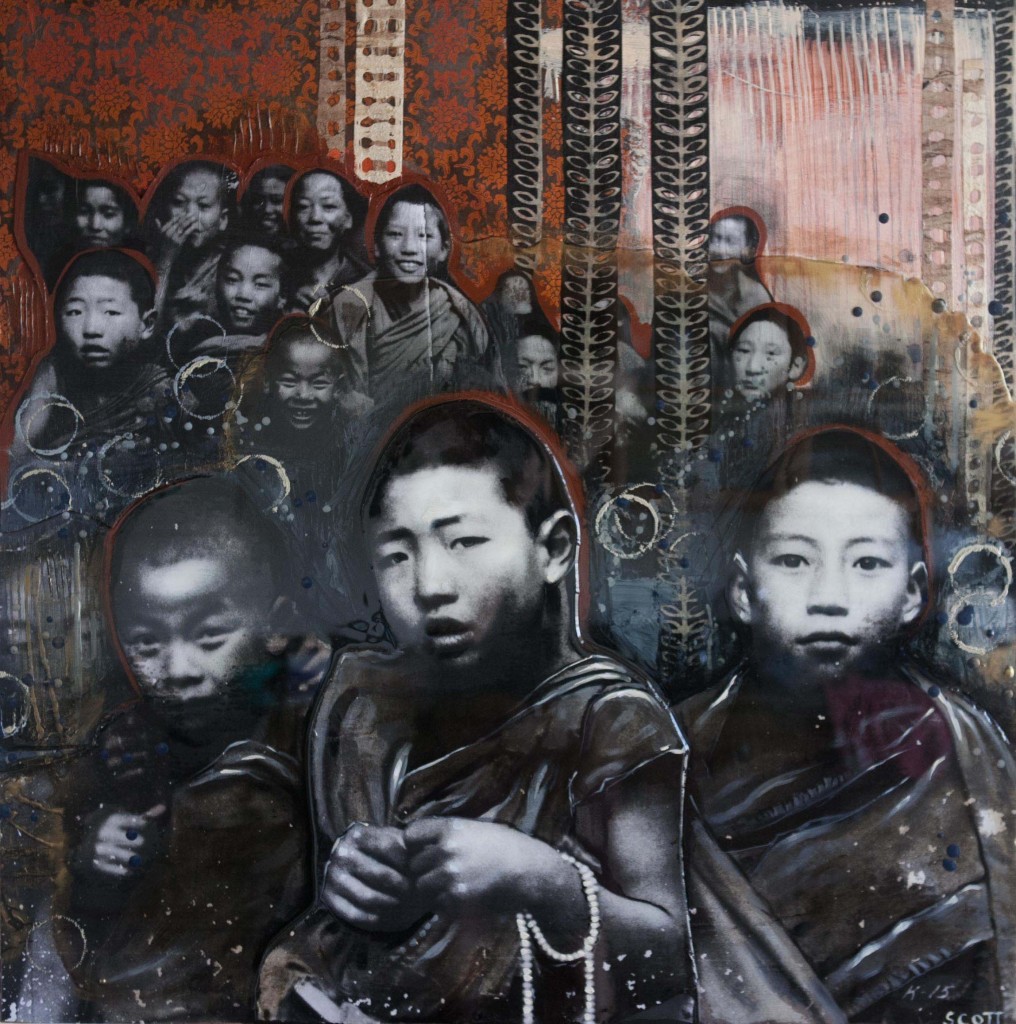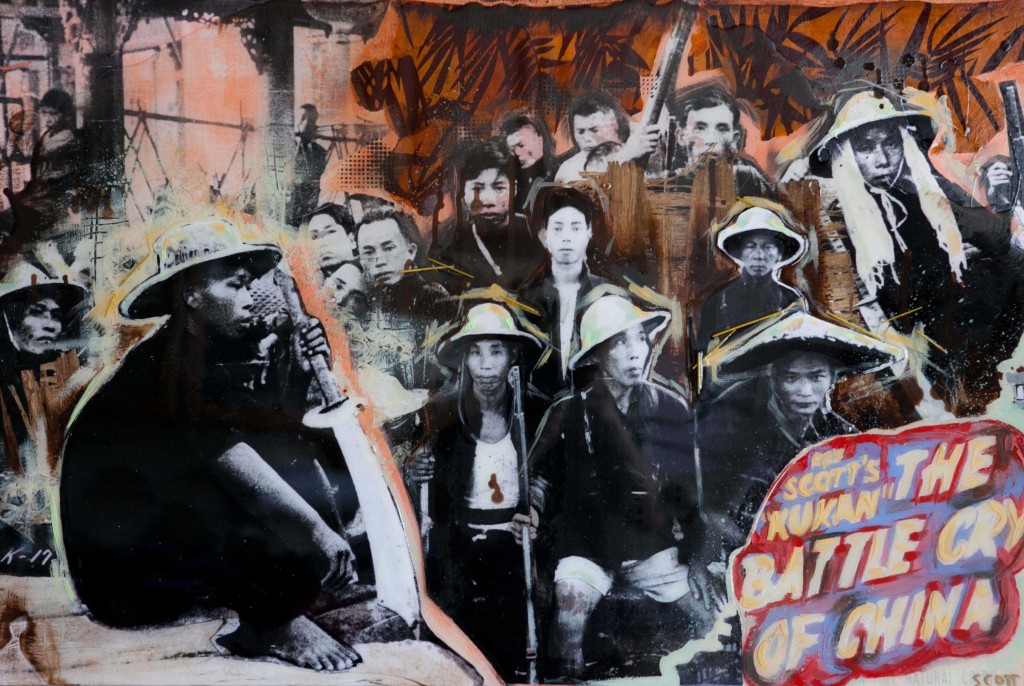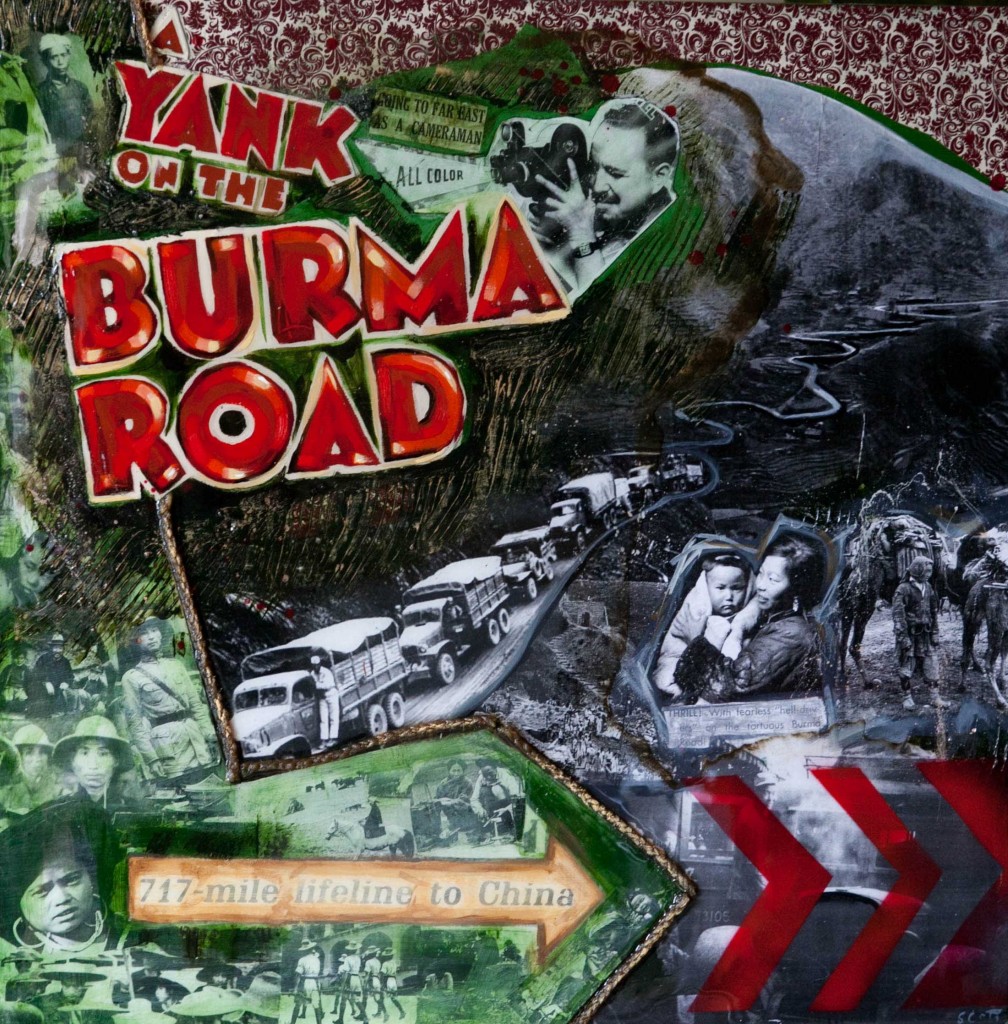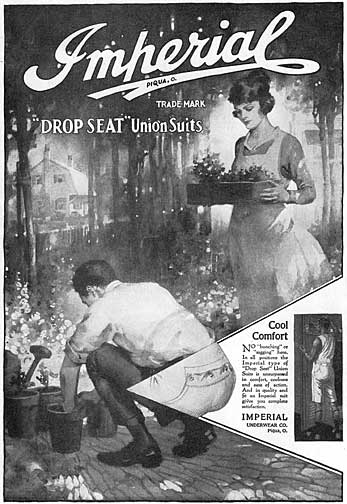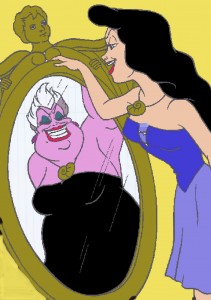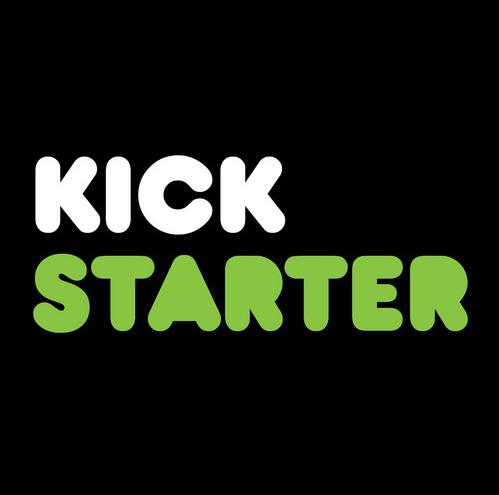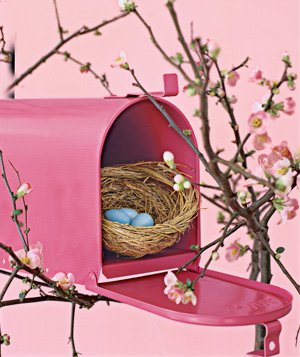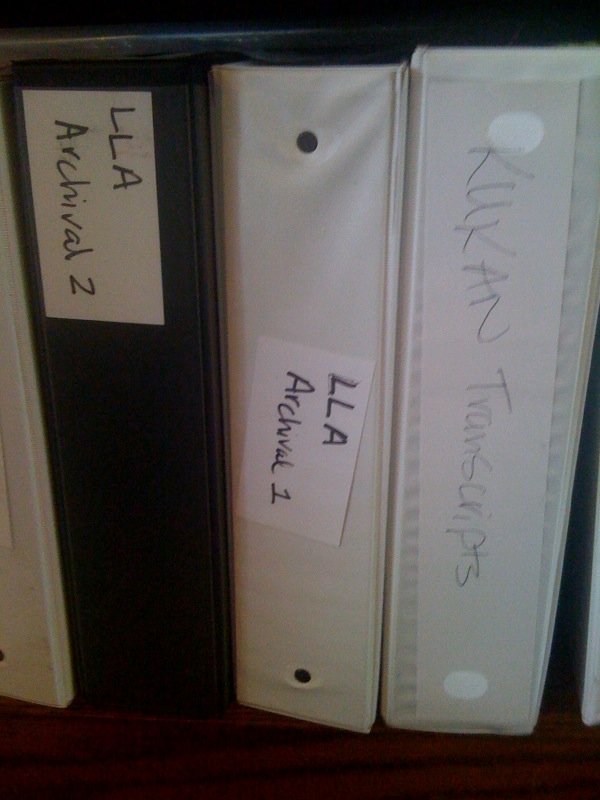Upcoming Screenings:
no event
Follow us on Facebook
HELP BRING FINDING KUKAN TO CLASSROOMS
Sign up for our mailing list.
Category Archives: Producer Robin Lung
November 29, 2014 — Year in Review (Part 2 — New York in June)
New York in June could only be made possible by the hospitality of longtime friend Peer Just. A free place to stay in New York meant that I could funnel some of our funds towards filming two crucial interviews with Asian American scholar Judy Wu and the award-winning author Danke Li. Both provided important insights into Li Ling-Ai’s motivations and how World War II transformed the everyday lives of women in both the United States and China. Answering the last-minute call for camera help were our New York go-to DP Frank Ayala and another longtime friend Ruth Bonomo.
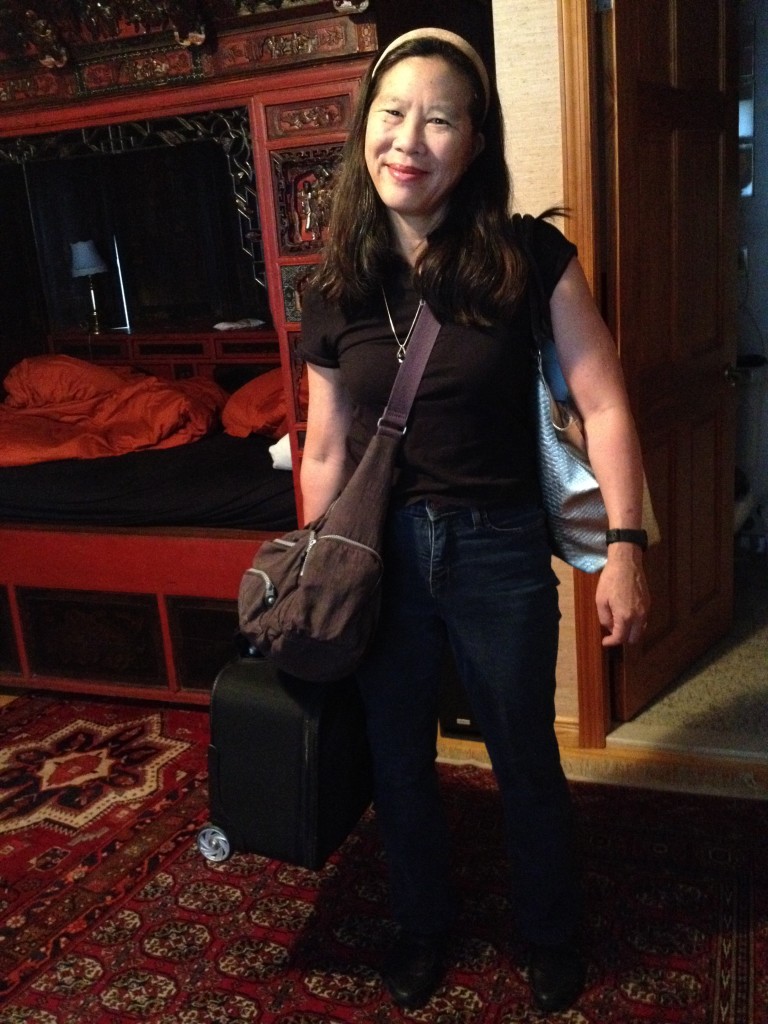
Leaving NYC home base for a day of production on Long Island — first the subway, then the train, then the ferry.
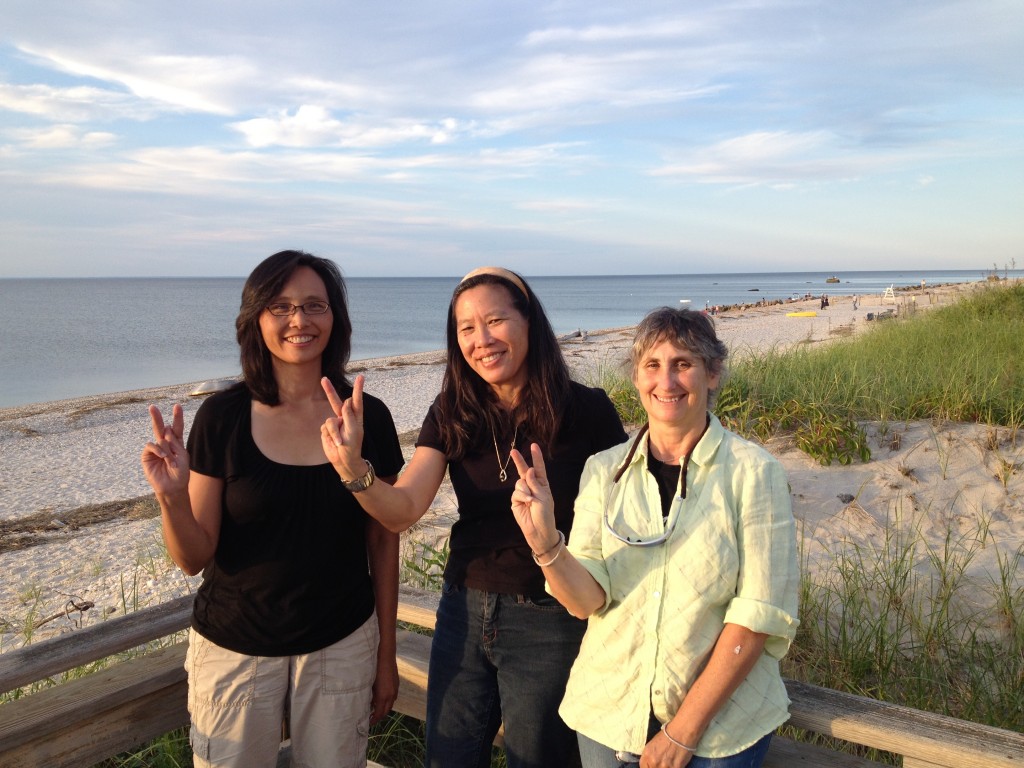
Judy Wu, author of DR. MOM CHUNG, took time out from her Port Jefferson vacation to sit for a great interview. Ruth Bonomo pitched in as DP on short notice, providing wheels, camera and lights. Judy’s family fed us a great spaghetti dinner beachside. Signing K for KUKAN!
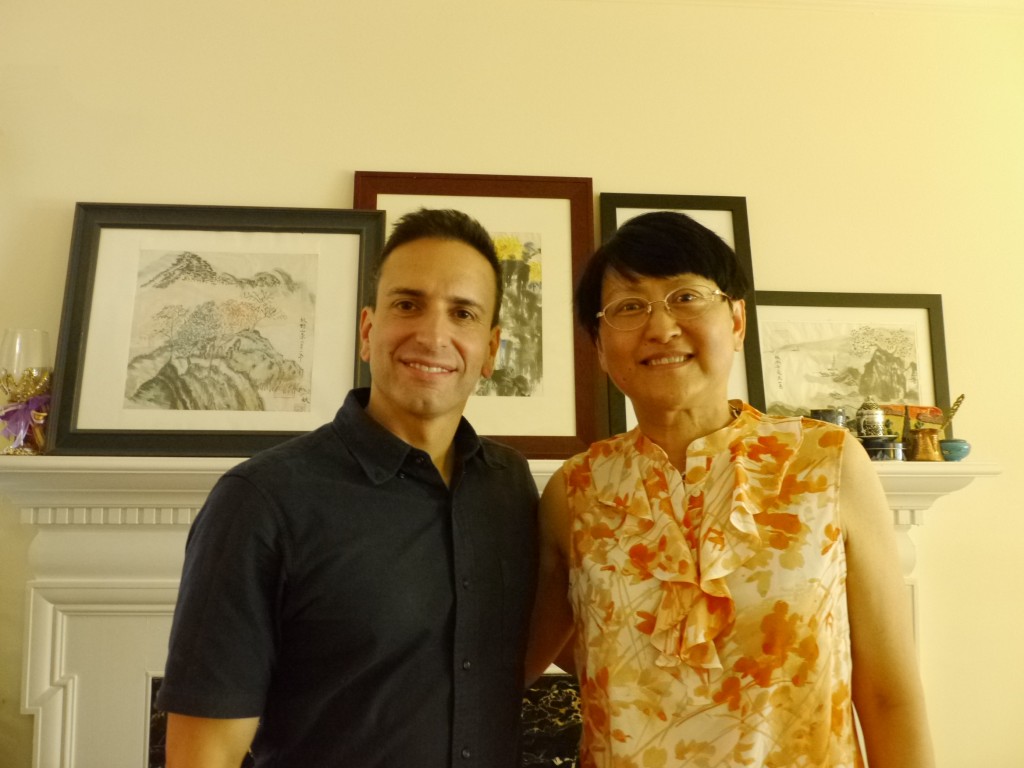
DP Frank Ayala with Danke Li, author of ECHOES OF CHONGQING, WOMEN IN WARTIME CHINA
A visit to New York also meant I got to hang out with Calamity Chang, who has volunteered to record temporary voice over lines that allow us to edit our historical scenes. Calamity constantly inspires me by her willingness to embrace her performance instincts and bare it all in her wonderfully tongue-in-cheek burlesque shows. She also knows her Chinese history and promotes projects like ours that bring it to the forefront. Her musician/photographer husband Mike Webb put in hours of free time as our sound man while dog Chewie quietly put up with our intrusion. After a super long recording session on a sunny Sunday afternoon, we all needed a New York specialty cocktail.

Going over scripts with Calamity Chang.

Musician and Photographer Mike Webb pitches in as sound man to record our temporary voice over tracks.

Chewie after a long recording session

One of the killer cocktails I had in NYC featuring cucumber and gin
Just being in NYC is a real shot in the arm for a filmmaker. Visual stimulation is everywhere and so are other artists whose very existence and work are like cheers from the sidelines.

Inspiration from Steven Salmieri and his wife Sydney Michelle

Inspiration from artist, hat designer and jewelry maker Carol Markel

Inspiration from my husband Paul Levitt who is designing a book with Dana Martin about his visit with Man Ray

More inspiration from a screening and Q&A with D.A. Pennebaker and Chris Hegedus
Before my New York trip I got word that I received a fellowship to go to China to join a group of high school educators form Canada and New Jersey on a World War II centered study tour. It would be my first trip there, so China was on my mind.

Looking ahead to China in July at the Ai Wei Wei exhibit in Brooklyn

Imagining China

China Kitsch
Li Ling-Ai’s spirit is also close at hand when I am in NYC. Her great friend Larry Wilson offered to point out the third floor apartment where she spent most of her life on West 55th street. The breeze picked up and the trees outside the apartment did a dance as we looked up to the third floor.

May 2, 2013 — Collaborating With Shadow Creatives
I knew when I saw the stunning shadow visuals designer/animator Chris Do did for a GAP campaign that I wanted to use the same technique for FINDING KUKAN. I envisioned Do’s animation being brought to the genius shadow scenes that Larry Reed develops for ShadowLight Productions as the perfect way of carrying the emotion of especially intimate or harrowing scenes in the dramatic narrative of Li Ling-Ai and Rey Scott’s lives.
So it was thrilling to have both Chris Do and Larry Reed in the same room with me today in Santa Monica at Chris Do’s BLIND design studio office space. Larry joined us by SKYPE and conference call from San Francisco (SKYPE can drop out on you when bandwidth is scarce).

Chris Do and Robin Lung SKYPE Larry Reed from the BLIND offices in Santa Monica
After our meeting I realized that I had found two creative geniuses who were also practical producers with years of experience in how to ACTUALIZE a visual idea. The pragmatic, step-by-step path to bringing a new way of visual storytelling to the screen in FINDING KUKAN, just got a whole lot clearer thanks to Larry & Chris.

Chris Do helps Robin Lung lay out a plan of action for creating FINDING KUKAN’s shadow scenes.
I invite you to check out their work HERE and HERE. If you are as wowed by it as I was, please consider contributing to the collaboration process at our Post-Production GIFT REGISTRY. If you have any cool shadow ideas or images you think would work well in the film, please post on our Facebook page at http://www.facebook.com/kukandocumentary and write “Shadow Idea” in the comments section (and don’t forget to LIKE us while you’re at it)!
April 25, 2013 — Major Archival Discovery Starts with a Party
It was my husband Paul who convinced me that I should have a fundraising party. So last October I got many volunteers together to throw one. Terry Lehman Olival helped by sending press releases to the local media and got the attention of Star-Advertiser reporter Mike Gordon.

Mellanie Lee, Debra Zeleznick, Robin Lung and Terry Olival at “A Night in Old Shanghai” fundraiser
“That might be the coolest story I’ve heard in a long time,” Mike said, and promised to write an article on it. The more Mike found out, the more he wanted to know. His article grew and grew. My fundraising party came and went; my Kickstarter campaign came and went.
Finally the opus turned up – a 3‑page spread on the film, complete with color pictures, showed up in the Sunday newspaper and drew response from people as far away as Kentucky!

Mike Gordon’s article “Reel Obsession” appears in the November 18, 2012 Honolulu Star-Advertiser
DeSoto Brown, curator at the Bishop Museum, also read Mike’s article and something clicked. He remembered a donation of lantern slides made to the museum by Betty Li, Li Ling-Ai’s older physician sister, back in the 80’s. In fact the slides were marked as being related to KUKAN! Early in my research I had read that KUKAN’s director Rey Scott lectured with a group of slides, but no one in his family remembered seeing them or hearing anything about them. I had given up on finding them.
So I was on pins and needles last week when I finally connected with DeSoto at the Bishop Museum and had a chance to examine the slides myself. They didn’t disappoint — 97 images of 1937 Nanking, including some with Rey and Betty Li, brought Rey’s first trip to China to life for me in a thrilling way and helped answer some of the mysteries that had been plaguing me for years.
April 21, 2013 — Looking Forward; Looking Back
We are Editing!!
Three fourths of the way through production with over 4TB worth of raw footage and an amazing story that continues to unfold in the present as well as the past, I really needed help to put some reins on this film. Good thing I had Shirley Thompson (editor of the online fundraising teaser) scheduled for four weeks of preliminary editing (funded in part by all the generous contributions of our Kickstarter backers and Indigo party attendees).
In four weeks here are the major things I learned:
1) We have an INCREDIBLE three act story that reads like a major Hollywood movie script!!!
2) We still have a long way to go and lots of fundraising to do to give you a final film that can do justice to this incredible story.
3) So many of the things I’ve learned and experiences I’ve had and great people I’ve met will not make it into the final film.
4) It’s all part of the process
As a response to #3, and inspired by the recent blog posts of fellow Asian Actress/Actor history detective Durian Dave, I have made a pledge to blog about my FINDING KUKAN encounters and adventures as often as I can in the next few months. It may only be to assist my aging memory cells, but if you’re interested in sharing a little of the journey I’ve been on, please drop a line or a comment to let me know you’re out there. And stay tuned for more about #1, 2 and 4 in future posts. There are plenty of surprises in store.
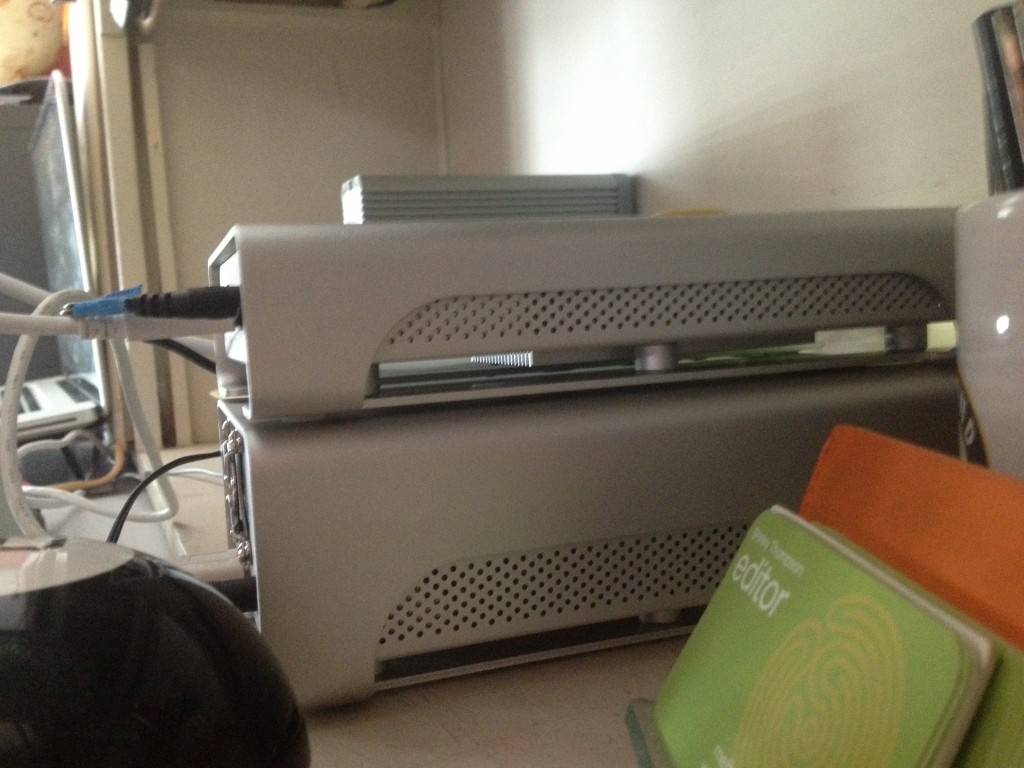
Over 4TB of FINDING KUKAN footage is being cloned on these two drives — named “Derek Holland” and “Yu Darvish”

The real Derek Holland takes the mound for his first game of the season. The editing process, like the baseball season, is a long one.
October 8, 2012 — KUKAN Moves from the ER to the Operating Table
Many of you know by now that my documentary FINDING KUKAN revolves around my discovery of the “lost” 1941 Oscar-winning color film of war-torn China called KUKAN. Many of you might also be wondering, where in the H… is KUKAN? If it was found, then why can’t we see it? Well when I tracked down the only full copy of the film it had been sitting in a Fort Lauderdale studio for a few decades and then a Georgia basement for a couple more. Heat and humidity had done its work.
When AMPAS’s Ed Carter and Joe Lindner opened the rusty metal can that contained KUKAN they winced. “Vinegar,” they both said, wrinkling their noses. I learned later that that is a sure sign of deterioration. As Joe examined the 2 reels of film that represented 90-minutes of invaluable color footage of China in 1939 and 1940, he detected both shrinkage and brittleness (more bad signs of deterioration). Joe said he’d seen films worse off…but not many. Things looked pretty grim. If we were in the Emergency Room, this would be time for triage.
Fortunately a deteriorating film takes longer to die than a bleeding human. Two years later, KUKAN has been stabilized but is still in pretty bad shape as you can see by the photos I took of it last week at Colorlab in Maryland where AMPAS sent it to have major restoration work done.
Parts of it are so curled that they will never be able to be re-plasticized (a sort of Botox process for film that hydrates it enough to allow it to lay flat in the scanner without breaking).

The worst part of the 2 KUKAN reels was so curled it looked like the plastic straws you drink out of.
A partial copy of KUKAN that I located in the National Archives (NARA) will be used to fill in those parts that are unsalvageable. The NARA copy was kept in a temperature controlled environment all these years and is in fairly good shape. But even that has to go through a frame by frame scanning process to pull both image and soundtrack from the 16mm strip.
DP Frank Ayala, 2nd Camera Mia Fernandez and I arrived at Colorlab to film the initial frame by frame scanning of the NARA print and learned a lot about the care and effort needed to bring a film back to life.
A.J. Rohner, head “surgeon” on the KUKAN restoration process, assured me that “my patient” could be saved despite its horrific appearance. He gave us a tour of the monster machine that does the scanning – an invention of Colorlab engineer Tommy Aschenbach.

The scanner doing all the work is a fascinating contraption that blinks and whirs and beeps — just like something out of Startrek.
I was entranced by its gorgeous parts, blinking lights and robotic movements — so much more tangibly satisfying to see at work than watching the little gray line creep across your computer screen as your digital footage downloads.
I also learned how the sound from the film will be lifted from the scan, VISUALLY corrected before turning into sound waves and then cleaned and scrubbed to get all the ticks, and hisses out. I was surprised to learn that those little horizontal lines on the edge of the film are what make the sound come alive through the projector – a magical phenomenon when you think about it.

If you look carefully you can see the sound stripes on one edge of the film. The top strip is the badly deteriorated copy of KUKAN I found. Notice the color loss.
From the photo below A.J. identified the camera Rey Scott was using in China as a 16mm Bolex.
Colorlab technician Laura Major just happened to have one in the office that she still shoots with.
Holding that camera in my hands, looking through the tiny viewfinder, and learning that the camera could only shoot 100 ft of film at a time (roughly 2 minutes) gave me a much greater appreciation for Rey Scott’s heroic accomplishment in filming the epic scenes contained in KUKAN, especially the 15-minute sequence at the end of the movie that depicts the massive bombing of Chungking and the fiery destruction of the city.

You can’t believe how tiny everything looks through this viewfinder — no wonder Rey had a hard time focusing in places.
I am more determined than ever to reach our $16,000 Kickstarter goal so that we can keep following the magical resuscitation of KUKAN and track the amazing story behind its creation. Please join me on this journey, it’s going to be an incredible ride!
October 3, 2012 — Michelle Scott Delivers a Knock Out with her KUKAN SERIES
When I first made contact with Rey Scott’s granddaughter Michelle Scott and filled her in a little about the story behind KUKAN, she felt a need to transfer that story into paint and shared with me a vision she had for creating a whole room of paintings dedicated to her grandfather and KUKAN. It seemed like a far-fetched dream back then. So I was more than a little excited to go to Atlanta to witness the opening of Michelle’s solo show — THE KUKAN SERIES. Michelle hadn’t shared any images of the new work with me, so I wasn’t prepared for the visual sweep and emotional power of the work. It literally brought me to tears. Here are a few choice pieces from the show. WARNING — these photos do not do the pieces justice. The real pieces have an almost three-dimensional quality that allows the viewer to enter into the scene and experience a little of Rey Scott and Li Ling-Ai’s world back in the late 30’s.

Artist Michelle Scott with “Start of a Journey” the exclusive premium available for a $5,000 Kickstarter pledge (partially tax deductible).
The 36“X36” piece that Michelle created exclusively for our Kickstarter fundraising drive is displayed right in the front window of 2Rules Fine Art in Marietta. Casual strollers walking down the sidewalk can’t help but be pulled in to find out with the imagery is all about. For close up details of this painting go to our Kickstarter home page.
The KUKAN Series contains a few gorgeous tributes to Li Ling-Ai the Chinese American author who was the uncredited co-producer of KUKAN with Rey Scott.
The work below contains images of Li Ling-Ai from three different decades and three different locations (the old Honolulu Academy of Art, Beijing China, and New York City)
There are also fabulous pieces that provide a visual montage of the China witnessed through Rey Scott’s camera. He took both stills and 16mm color movies. Some of his old cameras are on display too with the original stills.
Rey Scott traveled all the way to Tibet and filmed some of the first color footage of prayer rituals there.
Michelle’s take on the original KUKAN lobby cards for the United Artists version of the film.
Rey Scott also filmed the famous Burma Road as it was being built.
A reminder of the British influence in Hong Kong which fell to the Japanese in 1941.
A whole movie could be made just about the baby giant panda bear that Rey Scott brought from Chengtu to the Chicago Zoo. Originally christened “Li Ling-Ai” by the foreing journalists in Chungking, it was later named Mei Lan when it was identified as a boy panda bear.

“Portrait of a Lady” and “For Him” are the first two pieces that Michelle Scott made in the KUKAN Series
There are many more gems in this show. But the emotional highlight for me was being able to see the first two portraits of Rey Scott and Li Ling-Ai that Michelle did. I first saw them on her website before we even knew each other and before she even knew who Ling-Ai was. This was the first time I was able to see them both in person. Since the pieces had been sold to different collectors several years ago, this was also the first time they were reunited in the same room for quite some time — a symbol of hope for me as I continue to seek funding to finish FINDING KUKAN.
If you are in the Atlanta area make an effort to see this historic show — up only until October 26, 2012
September 25, 2012 — 7 Tips for Nervous Public Speakers
I am about to embark on one of my least favorite occupations — Public Speaking. Although I jumped at the chance to get more exposure for my film by presenting FINDING KUKAN at several upcoming events, I am not a natural speaker. In fact making any kind of announcement to a room full of strangers normally makes me break out in hot flashes that are NOT menopausal-related.
So I’ve been collecting public speaking tips from friends and colleagues. I thought I’d share some of the best ones here.
1) Picture the audience wearing just their underwear (I know this is supposed to make you feel less intimidated, but I’m afraid I might just break out laughing and never recover).

Miss Fancypants the retro underwear maker shows that women know how to have more fun, even in their underwear.
2) Practice your speech in front of a mirror (could be dangerous depending on your self-image)
- I need to take lessons from my cats.
3) Act like a Diva, you’ll sound better. (A hint from my wonderful singing instructor Blossom Lam Hoffman)
- The talented cartoonist Dorie Ratzlaff illustrates my Diva problem.
4) Warm up your voice with a Carol Burnett Tarzan call. (Another hint from my singing instructor)
5) Use lots of visuals so the audience doesn’t focus too much on you. (But be careful of visual overload and the LSD effect).
6) Ask for divine intervention and just wing it.
- What I imagine Divine Intervention might look like. (photo by Hei Astrid)
7) Go online and get some practical tips from the pros.
In the next month or two I will probably try out most of these. I’ll report back which ones worked best for me. What do you do when put in front of a crowd?
September 15, 2012 — A Fresh Take on Fundraising
Writing grant applications is a lonely business, and receiving rejection letters from granting foundations is depressing to say the least. Don’t mistake me. Grant monies have been very helpful to this project. And since we need more grants to get this film finished, we will continue to apply for them and be overjoyed if/when we get them. However, sitting back and wiating to hear if some unknown panel of judges will deem your project worthy of X,Y,Z’s support, can leave a filmmaker feeling powerless and dejected. What to do?
Several months ago I decided to take a part of fundraising into my own hands with the help of KICKSTARTER — an online crowdsourcing platform that creative types from first-time inventors to veteran filmmakers like Charlie Kaufman have been using to raise funds for their projects. The idea is that even with small donations, you can raise a decent chunk of money if enough people get behind you. As someone who was raised to be independent and stand on my own, it feels uncomfortable to ask for help, especially monetary help. But as soon as I started telling people about my plans, Voila! a major shift occured in the energy around my film. I soon had offers of help from friends, colleagues and complete strangers who got excited about getting involved in a creative project and helping it come to fruition. Here are some of the amazing volunteers who’ve joined TEAM KUKAN recently.

Anna Guerin, Debbie Buccigrossi, Robin Lung, Pam tong, Maggie Barrett, and Terry Olival at a fundraising summit for FINDING KUKAN
There are many more people not pictured who have offered goods, services and morale support. Suddenly fundraising doesn’t feel like a lonely, depressing business anymore. It’s still not easy. It’s been challenging, time-consuming, and stressful at times. It’s also a little scary. The way Kickstarter works is that if you don’t raise ALL of your goal you get NOTHING. So I expect the Kickstarter campaign (scheduled to run from Sept 29-Nov 17) will run me more than a little ragged before it’s all through. I also expect it will be an exhilirating ride that many new friends will join me on. I hope you’ll be one of them.
Here is a sneak peek at a couple of premiums we are offering to our Kickstarter pledgers.

Collectible Full-color Posters for FINDING KUKAN are just a couple of our amazing Kickstarter premiums.
(Images courtesy of Hollwood Chinese Collection & Michelle Scott Art)
Want to join the effort? Kickstarter is administered through Amazon. If you shop on Amazon, donating is easy. If you’ve never shopped on Amazon, consider setting up an account to make the Kickstarter donation process go smoothly. Hate the idea of doing anything financial on the internet? Don’t worry, we are giving people the old-fashioned option of putting a check in snail mail too!
So what am I learning on my latest fundraising venture? To FACE MY FEAR, EMBRACE NEW FRIENDS, and HAVE FAITH that things will work out. Have experience fundraising on Kickstarter? Please share by commenting.
July 24, 2012 — An Earfull At the Ear Inn
As the weeks wear on and I get closer to the deadline for submitting a grant application to the NEA, I have periods of doubt and wonder if it’s even worth it to try for such a prestigious thing. And if I don’t get awarded a grant what will it mean – that the project is unworthy, and I should give up?
Glancing through pictures I took in May I’m reminded that getting grants and making Art are two different things. These black and white snaps were taken on a hot summer night when I joined my husband Paul and our friend Peer at one of NY’s oldest bars – The Ear Inn on Spring Street.
As I ate muscles at the bar and listened to old-time jazz, a woman named Katerina introduced herself. She had an intriguing accent and was very charming.
Several minutes later her friend Roland joined her – an artist, he showed her photos of his latest work on his Iphone.The striking shadows in his imagery prompted me to talk about the ideas for shadow play I had in mind for FINDING KUKAN.
For some great use of shadows, you should see THE THIRD MAN, said Roland. He sounded like he knew what he was talking about. When I got home I looked up Roland’s website – photos of his performance pieces made me think of all the possibilities before me. The doors to creation opened up a crack.
As I watched THE THIRD MAN for the first time the doors were thrown wide open. Every shot was a compositional gem and fired up ideas in my head for ways to visualize my own search.
I’m hanging on to the DVD so I can watch it for the third time – a reward I’m going to give myself after getting that grant app finished. You DO need a lot of money to make movies, but you DON’T need a lot to enjoy the heck out of them.
Thanks to Roland Gebhardt and the Ear Inn for reminding me of why I’m writing grants applications in the first place.
Whether it’s the bar, the gym, or the beach, we all need to leave the desk once in awhile to get a fresh perspective. Where do you go when you need a creative breath of fresh air?
July 7, 2012 — Getting Ripped Off
The police warn about it all the time, holidays seem to bring out the thieves in droves. Hawaii is no exception and I found out the hard way on July 3 when our house was burglarized in broad daylight. Bad news — all of my cameras and jewelry were stolen.
Good news. The computer and hard drives weren’t taken and the film and all my archival documents and years of research remain intact.
I am reminded of a Northern Exposure episode where Marilyn Whirlwind tells a story about a lucky situation turning unlucky and then lucky again. See transcript of story here.
I had a little mourning session for each item I listed in the Police Report, especially pieces of jewelry that my grandmother had given me. But as I was writing that up, friends from all over were responding to my Facebook post about the incident, offering help, comfort, loans of camera equipment, etc. Reading those posts I realized just how lucky I was.
But how to prevent future losses? Old fashioned safes might protect jewelry and cameras in the future, but what about those archival docs and film footage? Is cloud technology a practical solution? Anyone have experience using technology to safe guard precious photographs or documents? Let’s hear your story.





